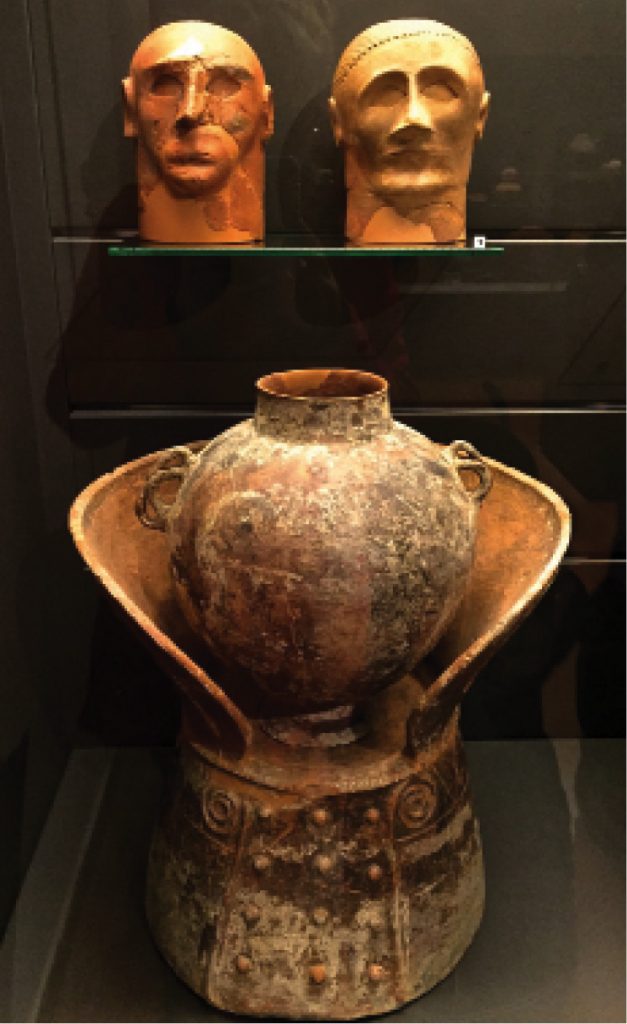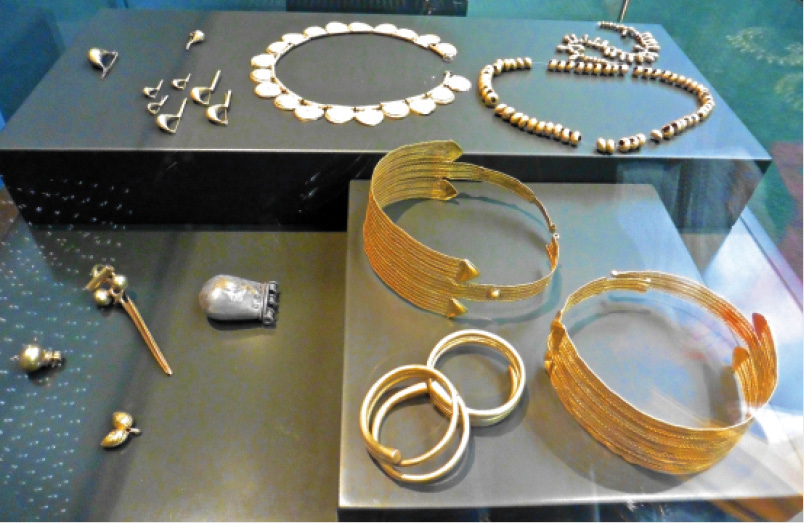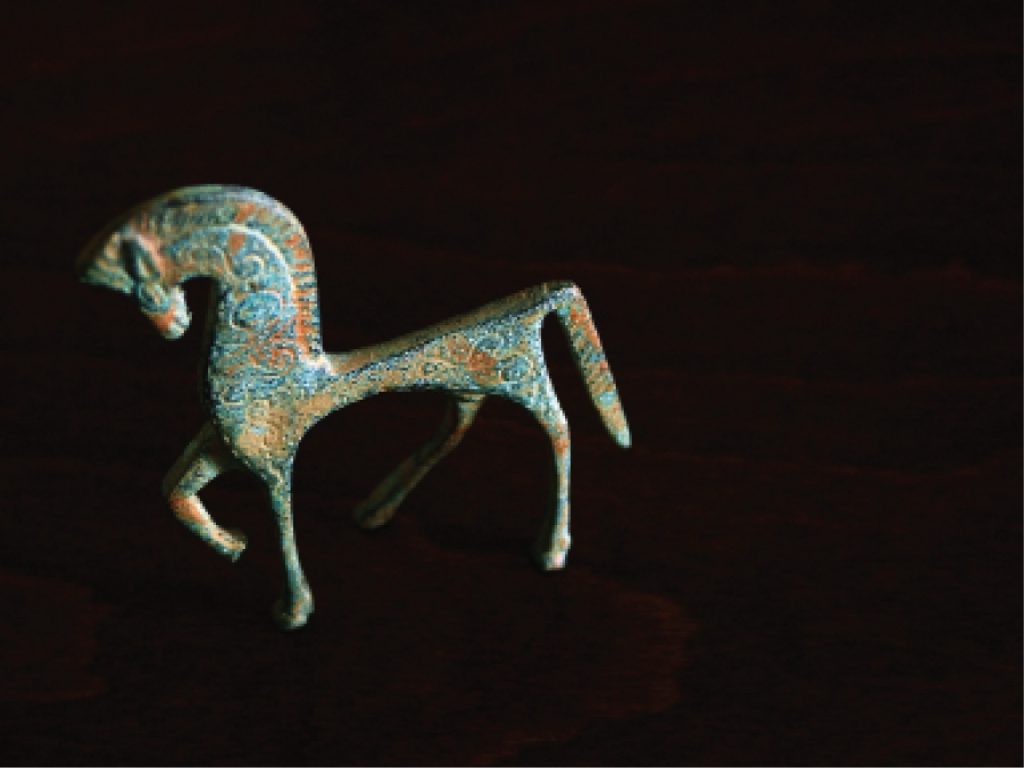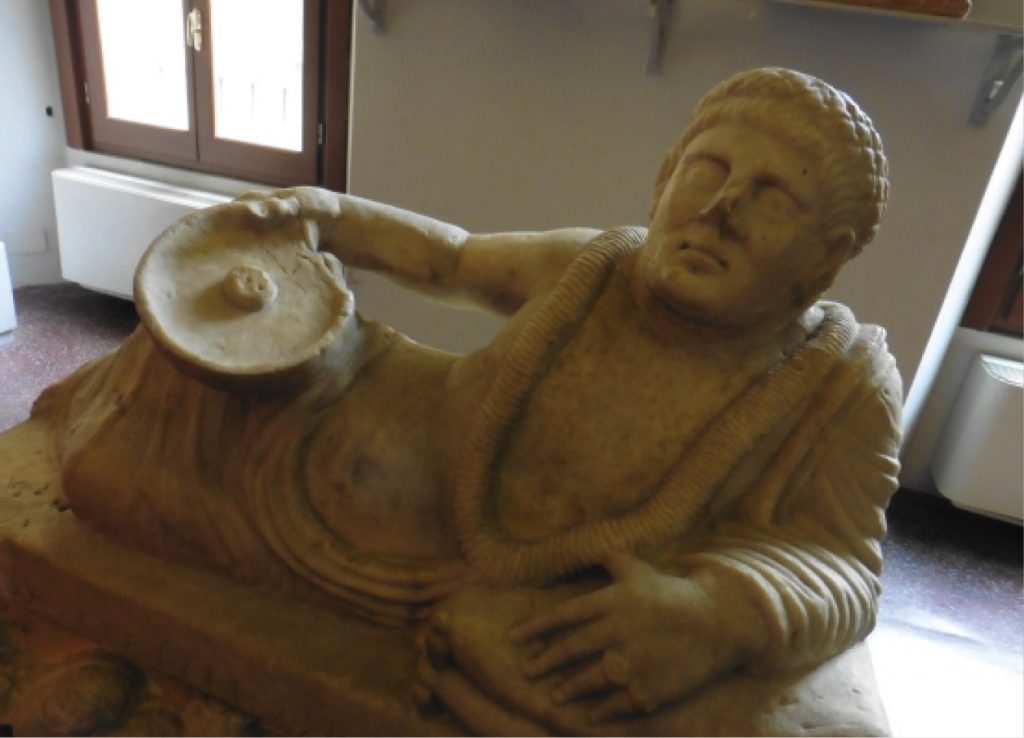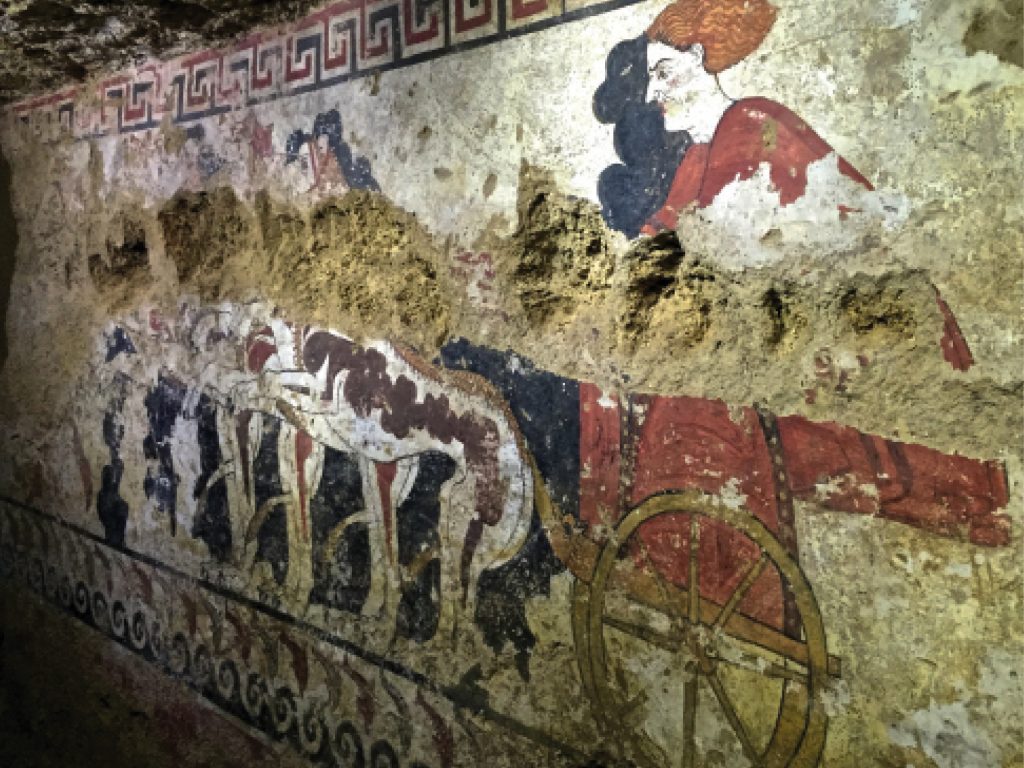What few examples have been found reflect a wealthy and sophisticated culture with refined tastes
This fascinating civilization is often overshadowed by its more ‘famous’ fellow Ancients, the Greeks and the Romans; however, the Etruscans stand on their own for their cultural development, artistic production and commercial prowess. They were contemporaneous with the Ancient Greeks; they therefore preceded the Ancient Romans, who would, however, by the 2nd century BC, conquer the Etruscan city states and bring about their demise.
The Etruscan territory was in central Italy, ranging from northern Lazio up to the region of Emilia-Romagna. The Etruscans were called the Tyrrhenoi by the Greeks and Tusci or Etrusci by the Romans. This explains why the region where the Etruscans were most concentrated is today called Tuscany and the body of water it embraces is called the Tyrrhenian Sea.
No-one knows if they arrived from Asia Minor, from the north, or if they were indigenous to the Italian peninsula, and their language has remained for the most part unknown due to the lack of written examples. But their art speaks a thousand words. Their jewellery is exquisite, delicate and displays high craftsmanship and intricate filigree. What few examples have been found – objects such as brooches, belt buckles, earrings and headdresses – reflect a wealthy and sophisticated culture with refined tastes for beautiful adornment.
Many of the objects we have today from the Etruscans come from temple areas and tombs. Males and females were buried, like the Ancient Egyptians, with objects that would be useful in the afterlife: cooking pots and earthenware, weapons and jewellery. In the very beginning, the 10th century BC, the Etruscans cremated their dead and their ashes were placed in canopic clay vases. Over the following centuries these become more figurative, with male and female heads as lids of the vases (females have earrings) and the vase seated on a throne.
From the 6th century BC, wealthy Etruscans in some areas adopted full-body burial and were interred in large sarcophaguses with a sculptured figure on the tomb lid in alabaster, marble or clay. Later, the vessels for the ashes would take the form of mini tombs (no longer vases) with the deceased reclining on the top in banqueting position and bas-relief carved on the rectangular structure. Yet regardless of whether they were interred or cremated, the remains were placed in large underground tombs, carved out of the earth and sometimes built with tufa stone blocks, outside the city centres in necropoli. The tomb walls were painted with mythological figures and banqueting or hunting scenes.
From the 9th century BC onwards, the Etruscans began to construct brick temples and more sophisticated housing. Much of the Etruscan loot in the museums today consists of wonderful little bronze statuettes found in the areas in front of where temples once were. These were votive offerings to the divinities, requesting intervention in ways of healing certain areas of the body, or gifts of thanks for answering prayers. They didn’t have to be small – one of the most spectacular votive offerings, found in the mid-1500s, is the wonderful bronze chimera. This is one of the jewels of the Archaeological Museum in Florence. The chimera is a mythological animal with the body of a lion, a snake as the tail and the head of a goat on its back. We know it to have been an offering to the god Tinia.
The Etruscans built their towns on hills or elevated ground, and devised advanced systems for water supply. Some of the more important Etruscan towns were Volterra, Chiusi, Fiesole, Arezzo, Cortona, Perugia and Tarquinia. Each Etruscan town was an individual city-state and had autonomous government. However, over the centuries the towns banded together in three separate leagues, each comprising 12 cities. In some of these towns today you can visit Etruscan tombs, though visits often need to be booked beforehand through the local museum. Go if you can. There is something magical about being in these Etruscan tombs from more than two and a half millennia ago, something eternal.
About the writer
FREYA MIDDLETON is a private tour guide and writer who lives in Florence, Tuscany. You can read her blog online or learn more about her tours at www.freyasflorence.com

